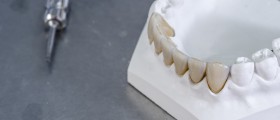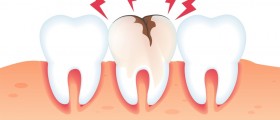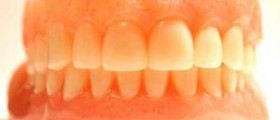
Cavities are basically holes in teeth that damage their internal structure. They should not be overlooked because the damage they cause can be extensive and lead to the loss of the entire tooth. The cavity filling procedure is the most common and the most effective procedure for repairing a damaged tooth.
Before cavity filling
There are certain steps to be taken before proceeding with cavity filling. The first, of course, is to detect the cavity. The dentist uses an instrument for probing the tooth and catching the parts that are damaged. A cavity can be visually detected, because it is often in the form of black or brown areas, but it may also require an X-ray.
If the cavity has not spread to the dentin, it may not require any specific dental treatment. However, if it has broken the enamel, it should be repaired and filled.
The dentist will also need to remove all damaged parts of the tooth before he or she fills it to restore its normal structure. The decayed parts are removed using high-speed dental drill and cleaning instruments. It is important to clean all the decayed parts of the tooth, otherwise it can be prone to further damage. This may be done using a local anesthetic.
The filling
The purpose of cavity filling is to close and protect the tooth structure from the bacteria. The type of filling or the material used for it depends on the extent of the cavity, and also on several other factors, like allergies and costs of the materials.
There are four types of fillings: gold, amalgam or silver, composite tooth-colored resins and porcelain.
Liners are usually placed before the actual filling, in order to reduce the sensitivity and to stimulate the regeneration of the tooth pulp. In case of particularly deep cavities, bases are placed in addition to liners, and on top of them. Glass ionomer cement or zinc phosphate cement are the most commonly used bases.
When the liner and/or the base are placed inside the drilled cavity, the chosen filling material is layered on top, and this completes the process of tooth rebuilding.
Sometimes the filling is placed too high, and if this is the case, it will require an additional appointment to shave off or file down the filling so it fits the bite.
Some people dread cavity filling procedures, because they can be uncomfortable and painful. The amount of pain depends on how deep the cavity is. Patients can ask for a local anesthetic regardless of the extent of the cavity, and in some cases this has to be paid for additionally.

















Your thoughts on this
Loading...